The Road to March 31, 2026: Amit Shah's Strategy to Eradicate Maoism from India
Union Home Minister Amit Shah has issued a stern ultimatum to Maoists, urging them to surrender by March 31, 2026, or face an all-out military operation to eliminate the menace of naxalism from the country.
Total Views |
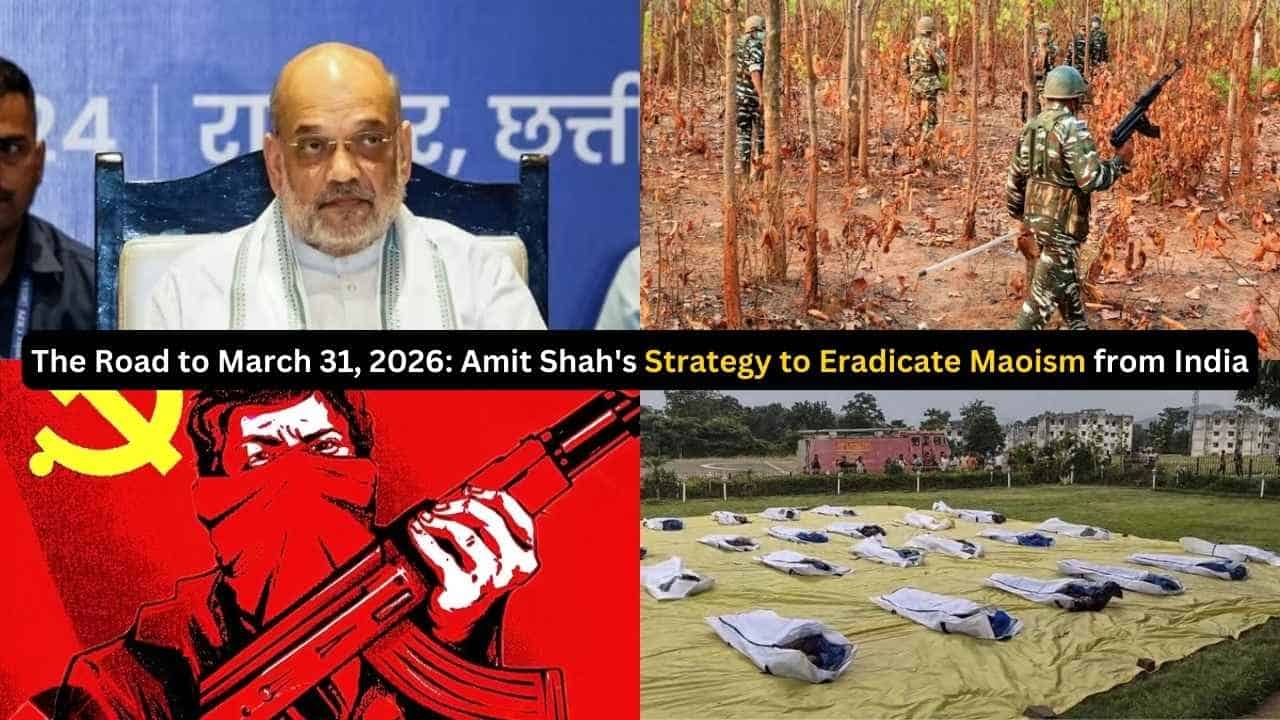
In India's complex internal security landscape, while terrorism and Islamic radicalisation often dominate the discourse, the ongoing issue of Maoism has been equally, if not more, significant.
Despite the severity of the problem, Maoism, along with its urban counterparts known as urban Naxalism, seldom receives the attention it warrants in mainstream media or public discussions.
Maoism continues to be a looming threat to India's internal security, potentially more dangerous than even Islamic terrorism in certain regions.
Last month, Union Home Minister Amit Shah delivered a decisive ultimatum to the Maoists. He warned them to lay down their arms or prepare for a comprehensive military crackdown.
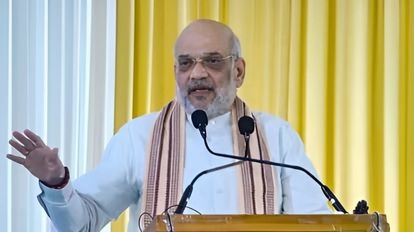
Shah's declaration came during a meeting with 55 victims of Naxal violence in Chhattisgarh. He made it clear that the government is determined to stamp out this red menace, setting a deadline of March 31, 2026, for Maoists to either surrender or face the full force of the state.
The Modi government, since coming to power in 2014, has approached the issue of Maoism with a two-pronged strategy. The goal has been not only to crush Maoist activity in rural India but also to target the ideology and funding networks that sustain the movement, both in rural and urban areas.
A Focus on Urban Naxalism and Funding Networks
One of the government's first moves in 2014 was to tighten the Foreign Contribution Regulation Act (FCRA), which played a pivotal role in curbing foreign funding that was flowing into the Maoist ecosystem.

Many urban Naxalites, operating under the guise of non-governmental organisations (NGOs), had long been syphoning foreign funds to bolster Maoist operations.
The tightening of the FCRA, coupled with investigations by agencies such as the National Investigation Agency (NIA), led to a sharp decline in foreign contributions.
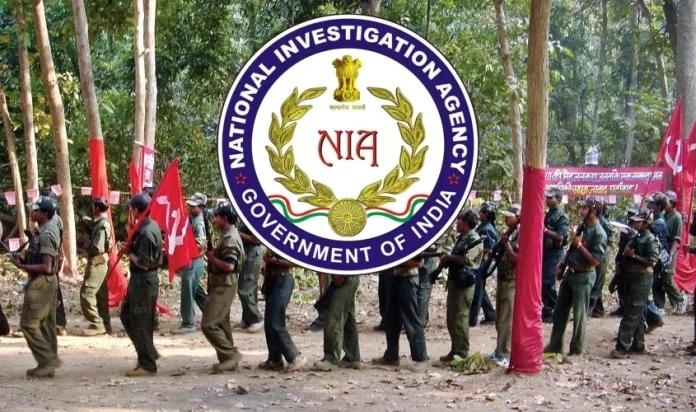
The NIA, through a series of high-profile investigations, exposed the nexus between urban Naxal sympathisers and the rural insurgency. These sympathisers were actively involved in propagating Maoist ideology under the pretence of protecting the poor from alleged government exploitation.
One of the key revelations from these investigations was the vast network of financial resources supporting the Maoist movement. Despite suffering significant losses on the ground, the Maoists were able to stay afloat, thanks in large part to their urban allies.
These sympathisers were raising foreign funds, which in turn were used to purchase sophisticated arms such as light machine guns, rifles, and carbines.
An investigation revealed that between 2009 and 2015, the estimated net worth of the Maoist network grew from Rs 1,000 crore to Rs 2,500 crore.
A portion of this money, approximately Rs 200 crore annually, was allocated to arms procurement, while the rest was funnelled into research and development, propaganda, and recruitment efforts.
Shockingly, a significant portion of these funds was also misappropriated for personal gain by Maoist sympathisers living in urban areas.
The Urban Naxal Threat
Urban Naxalism posed a new challenge, with several cities becoming hotbeds of Maoist sympathisers. The government’s crackdown on these urban nexuses became a top priority.
Intelligence agencies identified key corridors where urban Naxalites operated, including the Surat-Pune corridor, Kolkata, Coimbatore, and Bengaluru. These urban operators served as vital links between Maoist terrorists in rural areas and their urban benefactors.
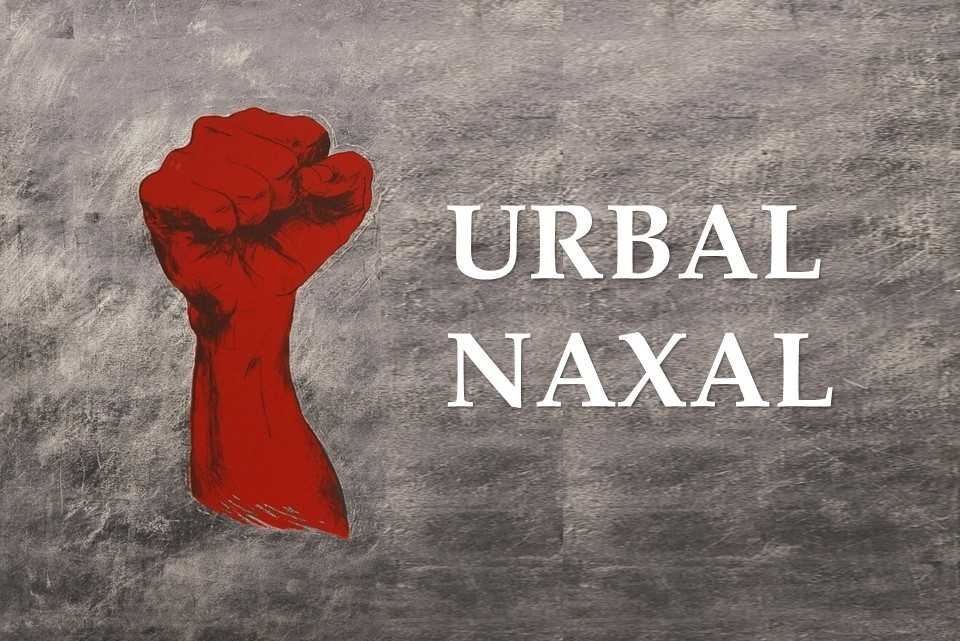
Amar Bhushan, a former official with the Research and Analysis Wing (RAW), explained in an interview how urban Naxalism had long been ignored.
The urban supporters acted as intermediaries, funnelling resources to their rural counterparts while also working to legitimise the Maoist cause. NGOs were used as fronts to provide logistical support, arms, and funding.
The government cracked down on these NGOs, busting the myth that urban Naxalism was a mere conspiracy. Investigations proved that urban Naxalites played a crucial role in smuggling arms and funds into rural Maoist strongholds, often with the help of local crime syndicates.
Recently, the Maharashtra government introduced the Maharashtra Special Public Safety Act of 2024, a landmark bill aimed at curbing urban Naxalism.
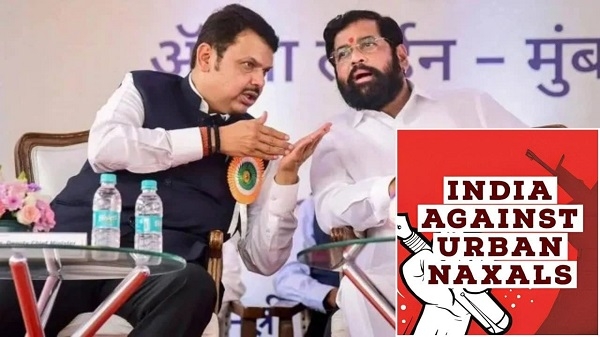
The bill provides law enforcement agencies with broad powers, including the ability to seize properties and literature associated with Maoist ideology.
Maharashtra Deputy Chief Minister Devendra Fadnavis, in defending the bill, said that the threat of Maoism is no longer confined to rural areas but is growing in cities as well.
The bill aims to dismantle the urban networks that facilitate the movement of arms and money to rural Maoists.
March 31, 2026: A Deadline for Maoists
With the government setting a firm deadline of March 31, 2026, for Maoists to surrender, the security apparatus is already ramping up its efforts.
In April 2024, security forces killed 29 Maoists in a single operation in Chhattisgarh's Kanker district, marking one of the largest Maoist casualties in recent memory.

Similarly, a recent operation in Maharashtra's Gadchiroli district resulted in the elimination of five Maoists. These successes reflect the government's aggressive posture in dealing with the Maoist threat.
Since 2014, the government has set up more than 250 security camps in Maoist-infested areas, with 32 new camps established in the last year alone in Chhattisgarh.
Improved coordination between state police forces and central security agencies has played a crucial role in these successes. Much like the successful counterinsurgency operations in Jammu and Kashmir, local police have taken the lead in Maoist areas, leveraging their intimate knowledge of the terrain and ground-level intelligence.
The government's two-pronged strategy—targeting both the urban networks and the jungle insurgency—has been effective in reducing Maoist influence. The ultimate goal is to neutralise the Maoist terrorism by 2026, either through surrenders or military operations.
A Unified Front Against Maoism
As the deadline for Maoist surrender looms, the government has made it clear that it will stop at nothing to eradicate the red menace from the country.
The recent surge in operations and the comprehensive strategy of targeting both urban and rural Maoists indicate that the state is not only prepared but determined to win this battle.
With sustained military pressure and a crackdown on urban Naxalites, Amit Shah’s 2026 ultimatum may well mark the final chapter in India's decades-long struggle against Maoism.
Article by
Shomen Chandra
Sub Editor, The Narrative


